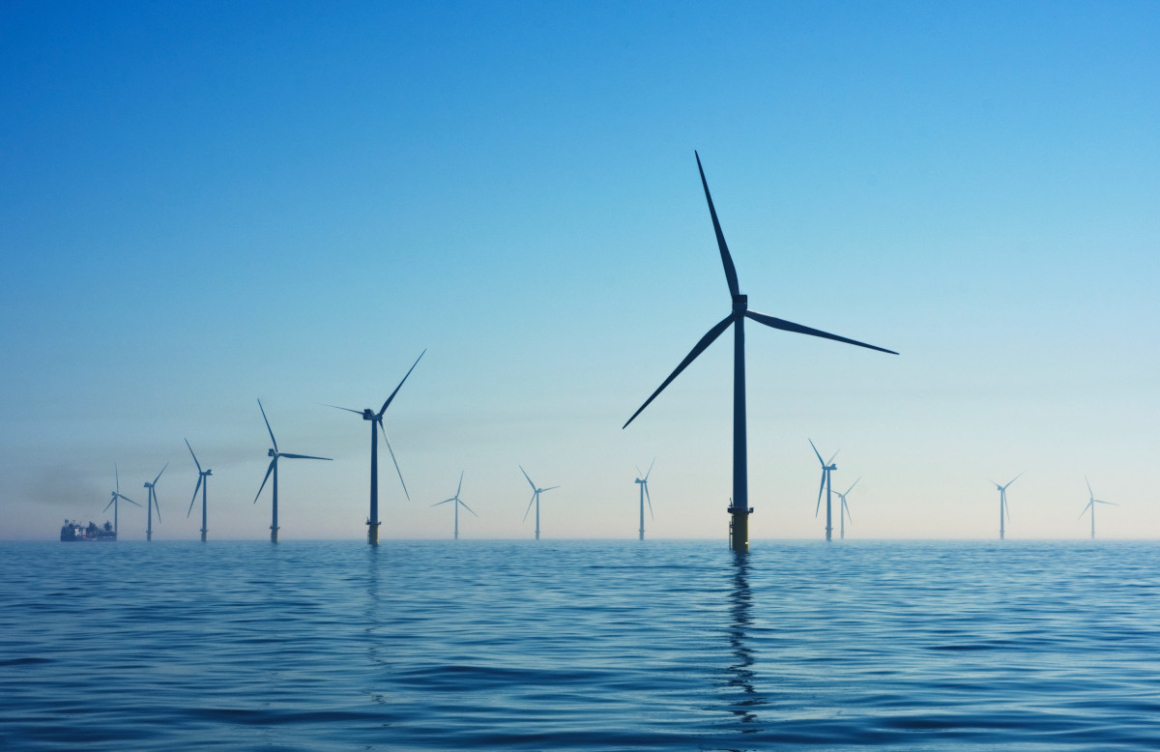In response to the climate emergency, wind energy has become a key pillar of the energy transition. Nantes Saint-Nazaire Port has positioned itself as a key player in the use of wind energy by initiating the adaptation of its infrastructure in order to accompany the development of the marine renewables industry; a sector which generates employment and high value revenue. The port also aims to make Saint-Nazaire a pole of industrial excellence in the field of floating wind energy, with the challenge of being fully operational by 2028.
The French government has earmarked €1.2 million for studies on the “Eole” floating wind energy logistics base project, which is being carried out in the port of Nantes Saint-Nazaire. The governmental contribution was granted to the ports of Nantes Saint-Nazaire, Brest, Lorient and La Turballe through a call for expression of interest.
The project represents a total of 2.5 million euros and aims to develop port infrastructures connected to future floating wind turbine projects. The Brittany and Atlantic France regions are seeking to reaffirm their complementarity by working together to promote the local economic impact.
Nantes Saint-Nazaire Port aims to become a leading low-carbon energy centre in the next 15 to 20 years. As proof of this, it has previously contributed to the successful installation of France’s first offshore wind farm in Saint-Nazaire, and thanks to this experience it has begun to develop the Eole project. This project aims to transform the port’s existing infrastructures, with an estimated investment of more than €200 million.
Industrial transformation and strategic planning
The Eole project will play a crucial role in the future of energy in France. It will involve increasing its production capacity, choosing strategic locations for future wind installations, a high load capacity, and having dock versatility.
Nantes Saint-Nazaire Port is gearing up for the installation of a reinforced quay of over 700 metres (capable of supporting over 30 tons per square metre), a 14-metre draught, and more than 300 metres of overhead clearance. This will enable the port to receive large-scale installations and equipment, handle cargoes weighing thousands of tons, and accommodate next-generation jack-up vessels.
Key figures
A leading territory in marine renewables
The Atlantic France region is top in the country with 2,256 jobs in the marine energy sector, which represents 30% of all marine renewables jobs in France. More than 100 companies operate in this sector in the region, which meant that a total turnover of €860 million was generated in 2022 (a significant increase of 21% compared to 2021).
Another major project causing an impact in this region is the Yeu-Noirmoutier wind farm in Vendeé, which represents an investment of €2.5 billion. This project is scheduled to be commissioned in 2025 and the installation began a few months ago.
France’s ambitious goal is to reach 40 GW of offshore wind energy capacity in service by 2050, and the North West Atlantic Channel territory, which includes the Atlantic France region, will play an essential role in achieving it. With an estimated potential of 20 to 30 GW, this territory is determined to become a hub of low-carbon energy.


 日本語
日本語  Français
Français 



